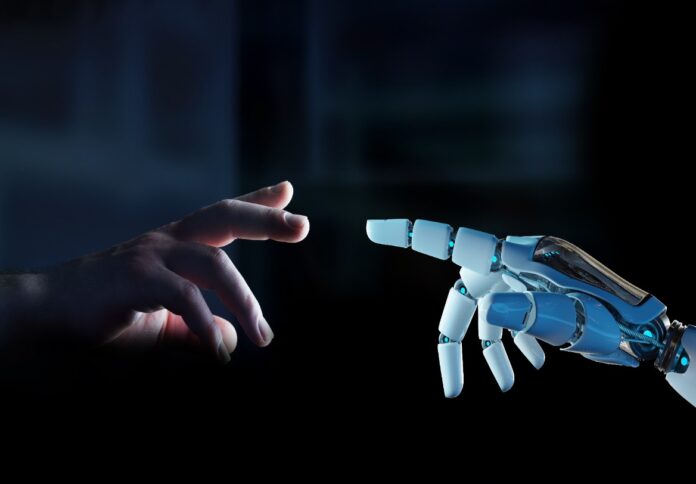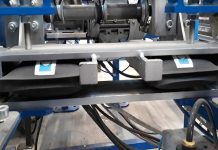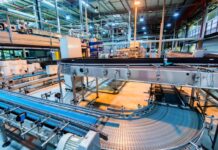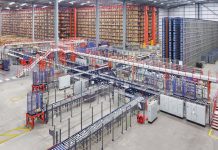
Autodesk announced the launch of new AI-powered capabilities within its Fusion and Alias software, designed to streamline manufacturing workflows and boost efficiency.
The new tools, unveiled during Autodesk University’s annual Design & Make conference, aims to simplify complex tasks and empower manufacturers to deliver innovative products faster.
“For decades, manufacturers have responded to their customers’ demands for increasingly complex products, which in turn typically increases the complexity of designing and manufacturing those products,” said Jeff Kinder, executive vice president for Product Development and Manufacturing Solutions at Autodesk.
The new capabilities include AutoConstrain in Fusion, which automates the process of detecting and maintaining design relationships, saving designers significant time.
Another feature, Drawing Automation, generates 2D manufacturing drawings from 3D models at the click of a button, accelerating production timelines.
“Automations that handle error-prone, burdensome tasks, freeing people to focus on high-value, more rewarding work,” added Kinder.
Autodesk also introduced Form Explorer for Alias, a generative design tool enabling automotive designers to explore creative forms while adhering to historical styling cues.
In addition, the Autodesk Assistant in Fusion offers real-time, expert-level guidance, providing answers to technical questions and links to relevant sources within the software.
Kinder noted, “Imagine an AI assistant that flags supply chain risks. Simulations that push designers toward more sustainable and manufacturable designs.”
“We’re building these capabilities, as well as empowering our customers to build them.”
New manufacturing Data Model API launched
Autodesk has also launched a Manufacturing Data Model API to enhance data exchange and interoperability.
This new API allows third-party apps to integrate with Fusion projects, ensuring smooth collaboration between tools and workflows.
OpenBOM has developed a web-based solution that automates bill of materials (BOM) workflows, giving non-designers easy access to BOMs directly from design data and eliminating the need for manual, error-prone processes.
Meanwhile, Cideon has established a two-way integration between Autodesk Fusion and SAP, allowing CAD engineers and manufacturers to access SAP’s enterprise resource planning (ERP) data within Fusion.
Expanding the ecosystem for seamless collaboration
Recognising the need for connected tools, Autodesk said it continues to partner with over 150 hardware and software providers. Recent integrations include:
- Paperless Parts: Allows manufacturing estimators to generate instant quotes and address manufacturability issues within Fusion.
- Avnet Plugin: Enables electronics designers to source components and access reference designs directly in Fusion, reducing product development time.
- Makersite for Inventor: Offers sustainability insights by calculating environmental impacts, tracking progress toward eco-friendly goals, and suggesting material alternatives.
- NAVASTO for Alias Automotive: Brings wind tunnel simulations into the early design phase, helping automotive designers optimize aerodynamics and reduce redesign efforts.
“As an industry, we have an unprecedented opportunity to seize the value that AI, data, and digitisation offer. To do so, we must start by accessing and interconnecting the data to uncover the insights it offers,” Kinder stated.
“That’s why we’re so invested in continuing to build the Autodesk Fusion industry cloud. It’s the design and make platform for manufacturing. It’s a central environment for data, closely coupled with Autodesk AI to augment creativity, automate your workflow’s tedious tasks, and analyse project data to yield predictive insights that benefit business,” concluded Kinder.




















